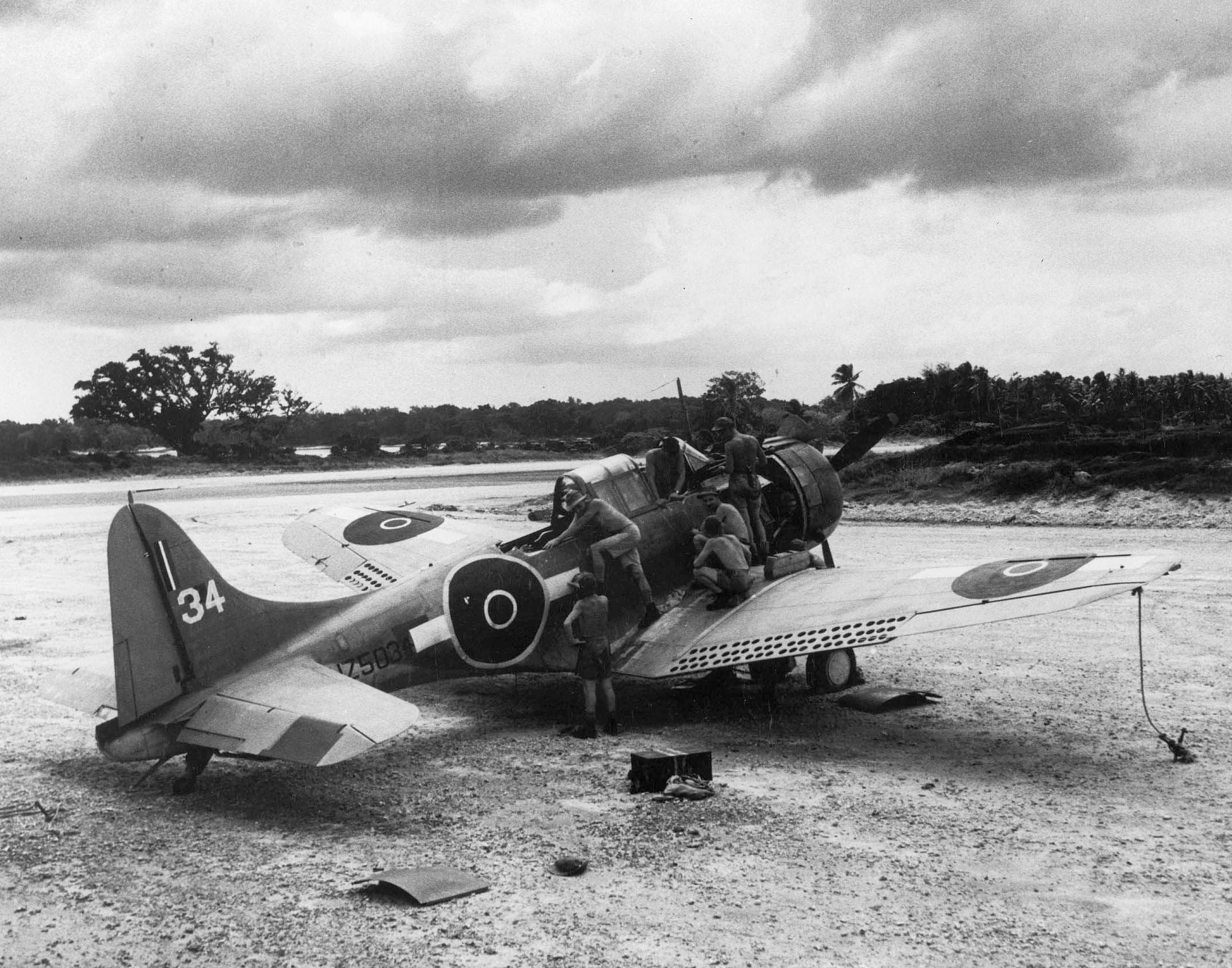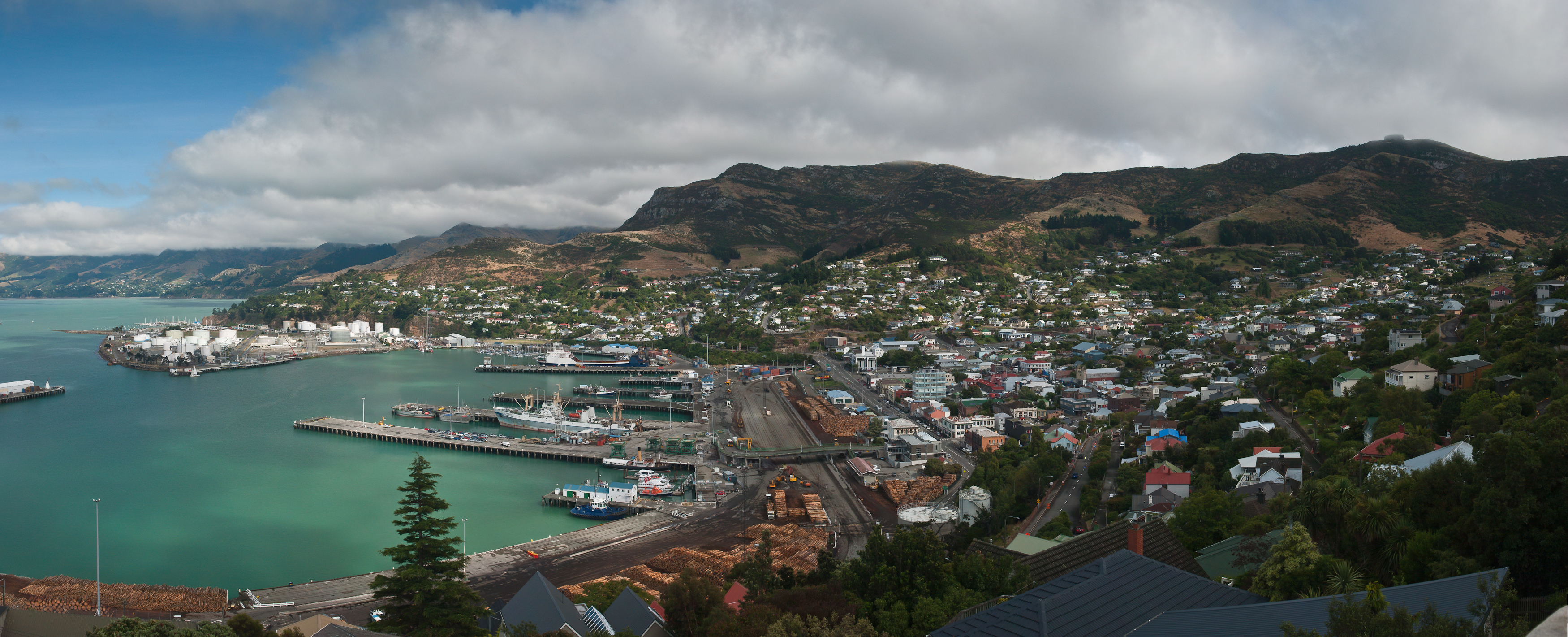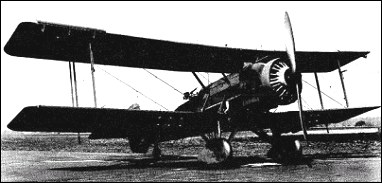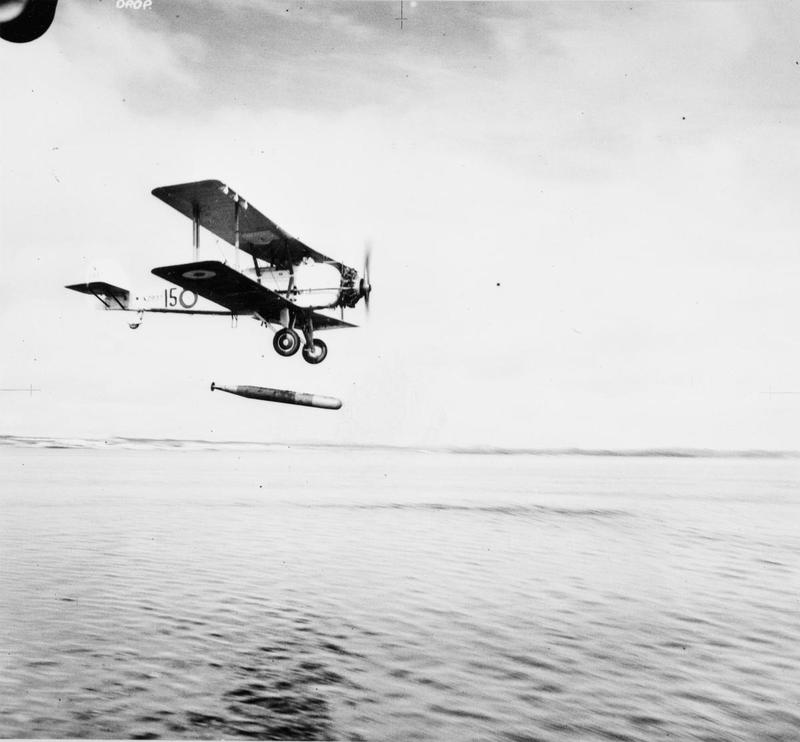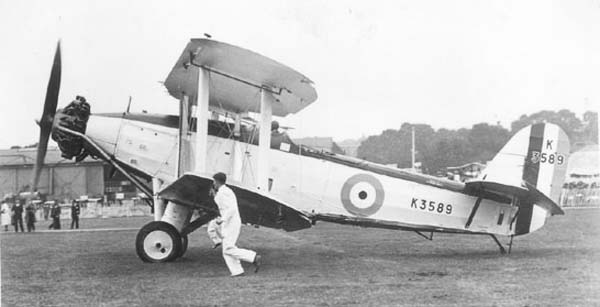|
No. 3 Squadron RNZAF
No. 3 Squadron RNZAF is a unit of the Royal New Zealand Air Force (RNZAF). It currently operates NHIndustries NH90 and Agusta A109 helicopters. The squadron was initially formed as a territorial unit of the New Zealand Permanent Air Force in Christchurch in 1930. During World War II, the squadron served in the Pacific, undertaking patrol operations. In the early post war period, the squadron was converted to a Territorial formation flying fixed wing aircraft, but later converted to rotary wing aircraft, and returning to permanent status. Since then, personnel from the squadron have served in the Vietnam War, East Timor, Singapore, the Sinai, and the Solomon Islands. History No. 3 Squadron formed as a territorial unit of the New Zealand Permanent Air Force (NZPAF) based at Christchurch in 1930. Pilots attached to the squadron used NZPAF aircraft based at Wigram until No.3 Squadron got its first aircraft Blackburn Baffin torpedo bombers, in 1938. Following the outbreak of Wo ... [...More Info...] [...Related Items...] OR: [Wikipedia] [Google] [Baidu] |
Air Force Ensign Of New Zealand
The Royal New Zealand Air Force Ensign is the official flag which is used to represent the Royal New Zealand Air Force. The ensign has a field of air force blue with the Union Jack in the canton and the Royal New Zealand Air Force's roundel in the middle of the fly. It is based on the British Royal Air Force Ensign The Royal Air Force Ensign is the official flag which is used to represent the Royal Air Force. The ensign has a field of air force blue with the United Kingdom's flag in the canton and the Royal Air Force's roundel in the middle of the fly. ... with the letters "NZ" superimposed in white over the red central disc of the roundel. References External linksNew Zealand History - Royal New Zealand Air Force Ensign Royal New Zealand Air Force Flags of New Zealand Air Force ensigns Flags with crosses Light blue ensigns {{flag-stub ... [...More Info...] [...Related Items...] OR: [Wikipedia] [Google] [Baidu] |
New Zealand Permanent Air Force
The Royal New Zealand Air Force (RNZAF) ( mi, Te Tauaarangi o Aotearoa, "The Warriors of the Sky of New Zealand"; previously ', "War Party of the Blue") is the aerial service branch of the New Zealand Defence Force. It was formed from New Zealand elements of the British Royal Air Force, becoming an independent force in 1923, although many RNZAF aircrew continued to serve in the Royal Air Force until the end of the 1940s. The RNZAF fought in World War II, Malaya, Korean War, Vietnam and the Gulf War as well as undertaking various United Nations peacekeeping missions. From a 1945 peak of over 1,000 combat aircraft the RNZAF has shrunk to a strength of around 48 aircraft in 2022, focusing on maritime patrol and transport duties in support of the Royal New Zealand Navy and the New Zealand Army. The RNZAF's air combat capability ended in 2001, under the Fifth Labour Government with the disbanding of the A-4 Skyhawk and Aermacchi MB-339 based squadrons. The Air Force is led by an Ai ... [...More Info...] [...Related Items...] OR: [Wikipedia] [Google] [Baidu] |
Guadalcanal
Guadalcanal (; indigenous name: ''Isatabu'') is the principal island in Guadalcanal Province of Solomon Islands, located in the south-western Pacific, northeast of Australia. It is the largest island in the Solomon Islands by area, and the second by population (after Malaita). The island is mainly covered in dense tropical rainforest and has a mountainous hinterland. Guadalcanal's first charting by westerners was under the Spanish expedition of Álvaro de Mendaña in 1568. The name comes from the village of Guadalcanal, in the province of Seville, in Andalusia, Spain, birthplace of Pedro de Ortega Valencia, a member of Mendaña's expedition. During 1942–43, it was the scene of the Guadalcanal Campaign and saw bitter fighting between Japanese and US troops. The Americans were ultimately victorious. At the end of World War II, Honiara, on the north coast of Guadalcanal, became the new capital of the British Solomon Islands Protectorate. Geography Guadalcanal is the ... [...More Info...] [...Related Items...] OR: [Wikipedia] [Google] [Baidu] |
Henderson Field (Guadalcanal)
Henderson Field is a former military airfield on Guadalcanal, Solomon Islands during World War II. Originally built by the Japanese Empire, the conflict over its possession was one of the great battles of the Pacific War. Today it is Honiara International Airport. History Japanese construction After the occupation of the Solomon Islands in April 1942, the Japanese military planned to capture Port Moresby in New Guinea and Tulagi in the southern Solomons, extending their southern defensive perimeter and establishing bases to support possible future advances. Seizure of Nauru, Ocean Island, New Caledonia, Fiji, and Samoa would cut supply lines between Australia and the United States, reducing or eliminating Australia as a threat to Japanese positions in the South Pacific. The airfield on Guadalcanal was first surveyed by Japanese engineers when they arrived in the area in early May, and was known as "Lunga Point", or "Runga Point" to the Japanese, and code named "RXI". The air ... [...More Info...] [...Related Items...] OR: [Wikipedia] [Google] [Baidu] |
Espiritu Santo
Espiritu Santo (, ; ) is the largest island in the nation of Vanuatu, with an area of and a population of around 40,000 according to the 2009 census. Geography The island belongs to the archipelago of the New Hebrides in the Pacific region of Melanesia. It is in the Sanma Province of Vanuatu. The town of Luganville, on Espiritu Santo's southeast coast, is Vanuatu's second-largest settlement and the provincial capital. Roads run north and west from Luganville, but most of the island is far from the limited road network. Around Espiritu Santo lie a number of small islands and islets; among them are: Dany Island, Araki, Elephant Island, Sakao, Lataroa, Lataro, Thion, Malohu, Malwepe, Malvapevu, Malparavu, Maltinerava, Oyster Island, Tangoa, and Bokissa. Vanuatu's highest peak is the 1879 metre (6165 foot) Mount Tabwemasana in west-central Espiritu Santo. History A Spanish expedition of three ships, led by Portuguese explorer Pedro Fernandes de Queirós, la ... [...More Info...] [...Related Items...] OR: [Wikipedia] [Google] [Baidu] |
Palikulo Bay Airfield
Palikulo Bay Airfield or Bomber Field #1 is a former World War II airfield on the island of Espiritu Santo in the New Hebrides Islands at the Espiritu Santo Naval Base. History World War II The 7th Naval Construction Battalion arrived on Santo on 11 August 1942 and began construction of more extensive air facilities to support the Guadalcanal Campaign. After completing a second fighter airfield at Turtle Bay they began constructing a bomber field at Palikulo Bay. The runway was by built of PSP over a coral base. The 15th Naval Construction Battalion arrived on Santo on 13 October 1942 and added taxiways, revetments, and a extension to the runway for air transport operation. Units of the 5th Bombardment Group based at Palikulo included the 23d Bombardment Squadron operating B-17Es and later B-24s from 1 December 1942 until 3 January 1944, and the 72d Bombardment Squadron and 394th Bombardment Squadron both operating B-17s. On 13 August B-17E #41-2463 of the 394th Bom ... [...More Info...] [...Related Items...] OR: [Wikipedia] [Google] [Baidu] |
Lockheed Hudson
The Lockheed Hudson is a light bomber and coastal reconnaissance aircraft built by the American Lockheed Aircraft Corporation. It was initially put into service by the Royal Air Force shortly before the outbreak of the Second World War and primarily operated by it thereafter. The Hudson was a military conversion of the Model 14 Super Electra airliner, and was the first significant aircraft construction contract for Lockheed — the initial RAF order for 200 Hudsons far surpassed any previous order the company had received. The Hudson served throughout the war, mainly with Coastal Command but also in transport and training roles, as well as delivering agents into occupied France. It was also used extensively with the Royal Canadian Air Force's anti-submarine squadrons and by the Royal Australian Air Force. Design and development In late 1937 Lockheed sent a cutaway drawing of the Model 14 to various publications, showing the new aircraft as a civilian aircraft and conv ... [...More Info...] [...Related Items...] OR: [Wikipedia] [Google] [Baidu] |
Lyttelton, New Zealand
Lyttelton (Māori: ''Ōhinehou'') is a port town on the north shore of Lyttelton Harbour / Whakaraupō, at the northwestern end of Banks Peninsula and close to Christchurch, on the eastern coast of the South Island of New Zealand. As a landing point for Christchurch-bound seafarers, Lyttelton has historically been regarded as the "Gateway to Canterbury" for colonial settlers. Until the 2020 coronavirus pandemic, the port has been a regular destination for cruise ships. It is the South Island's principal goods-transport terminal, handling 34% of exports and 61% of imports by value. In 2009 Lyttelton was awarded Category I Historic Area status by the Historic Places Trust (NZHPT) defined as "an area of special or outstanding historical or cultural heritage significance or value", not long before much of the historic fabric was destroyed in the 2011 Christchurch earthquake. Location Lyttelton is the largest settlement on Lyttelton Harbour / Whakaraupō, an inlet on the northwes ... [...More Info...] [...Related Items...] OR: [Wikipedia] [Google] [Baidu] |
Vickers Vildebeest
The Vickers Vildebeest and the similar Vickers Vincent were two very large two- to three-seat single-engined British biplanes designed and built by Vickers and used as light bombers, torpedo bombers and in army cooperation roles. First flown in 1928, it remained in service at the start of the Second World War, with the last Vildebeests flying against Japanese forces over Singapore and Java in 1942. Design and development Vildebeest Designed against Air Ministry Specification 24/25 for the Royal Air Force (RAF), for a land-based torpedo bomber to replace the Hawker Horsley, the prototype Vildebeest, an all-metal fuselage aircraft with single-bay unstaggered fabric-covered wings and tail, was first flown in April 1928 as the Vickers Type 132, powered by a Bristol Jupiter VIII radial engine.Mason 1994, p. 200. After initial evaluation, the Vildebeest was shortlisted for comparison with the Blackburn Beagle and Handley Page Hare. As the Jupiter VIII was prone to vibration, a ... [...More Info...] [...Related Items...] OR: [Wikipedia] [Google] [Baidu] |
Vickers Vincent
The Vickers Vildebeest and the similar Vickers Vincent were two very large two- to three-seat single-engined British biplanes designed and built by Vickers and used as light bombers, torpedo bombers and in army cooperation roles. First flown in 1928, it remained in service at the start of the Second World War, with the last Vildebeests flying against Japanese forces over Singapore and Java in 1942. Design and development Vildebeest Designed against Air Ministry Specification 24/25 for the Royal Air Force (RAF), for a land-based torpedo bomber to replace the Hawker Horsley, the prototype Vildebeest, an all-metal fuselage aircraft with single-bay unstaggered fabric-covered wings and tail, was first flown in April 1928 as the Vickers Type 132, powered by a Bristol Jupiter VIII radial engine.Mason 1994, p. 200. After initial evaluation, the Vildebeest was shortlisted for comparison with the Blackburn Beagle and Handley Page Hare. As the Jupiter VIII was prone to vibration, a s ... [...More Info...] [...Related Items...] OR: [Wikipedia] [Google] [Baidu] |
Blackburn Baffin
The Blackburn B-5 Baffin biplane torpedo bomber designed and produced by the British aircraft manufacturer Blackburn Aircraft. It was a development of the Blackburn Ripon, Ripon, the chief change being that a 545 hp (406 kW) Bristol Pegasus I.MS radial engine had replaced the Ripon's Napier Lion water-cooled inline engine. The Baffin was designed by Major F A Bumpus and was initially pursued as a private venture. It was a conventional two-seat single-bay biplane of mixed metal and wooden construction with fabric covering. It had swept, Stagger (aviation), staggered, equal-span wings, the lower having an inverse gull to provide clearance for the torpedo while retaining a short Landing gear, undercarriage. The engine was shifted forwards in comparison to that of the Ripon to retain its centre of gravity. Armament comprised a single fixed-position forward-firing 0.303 in (7.7 mm) Vickers machine gun and one free-mounted .303 in (7.7 mm) Lewis gun in the ... [...More Info...] [...Related Items...] OR: [Wikipedia] [Google] [Baidu] |
Wigram
Wigram is a suburb in the southwest of Christchurch, New Zealand. The suburb lies close to the industrial estates of Sockburn and the satellite retail and residential zone of Hornby, and has undergone significant growth in recent years due to housing developments. It is seven kilometres to the west of the city centre. Etymology The suburb is named after Sir Henry Wigram, mayor of Christchurch from 1902 to 1903, who established a flying school there in 1916. Wigram kept the aviation school going until March 1923, when the government decided to take over the company and run the airbase under a military umbrella. The final purchase price was £31,012. In June 1923 the base was officially handed over and renamed Wigram Aerodrome. Wigram continued to support the base, gifting a further of land in 1932. History The first trans-Tasman flight touched down in Wigram on 11 September 1928 at 9.22 a.m. Piloted by Australian's Charles Kingsford Smith and Charles Ulm they departed Richmond ... [...More Info...] [...Related Items...] OR: [Wikipedia] [Google] [Baidu] |



